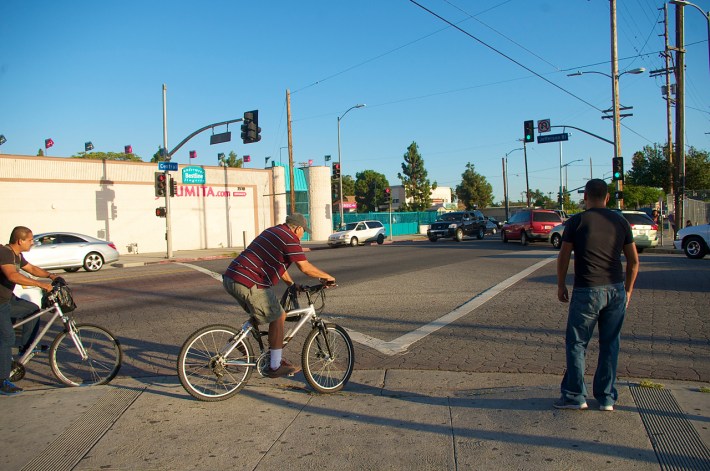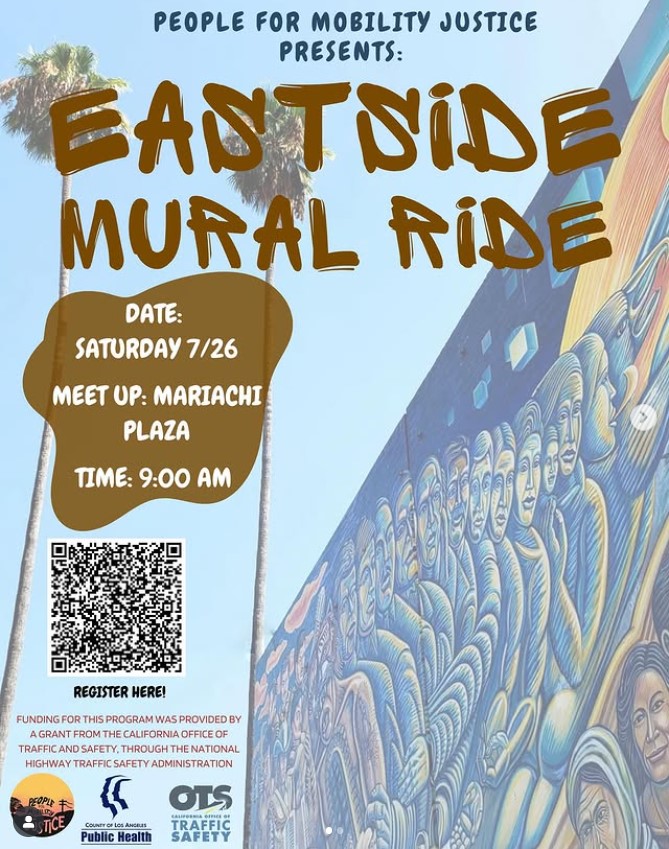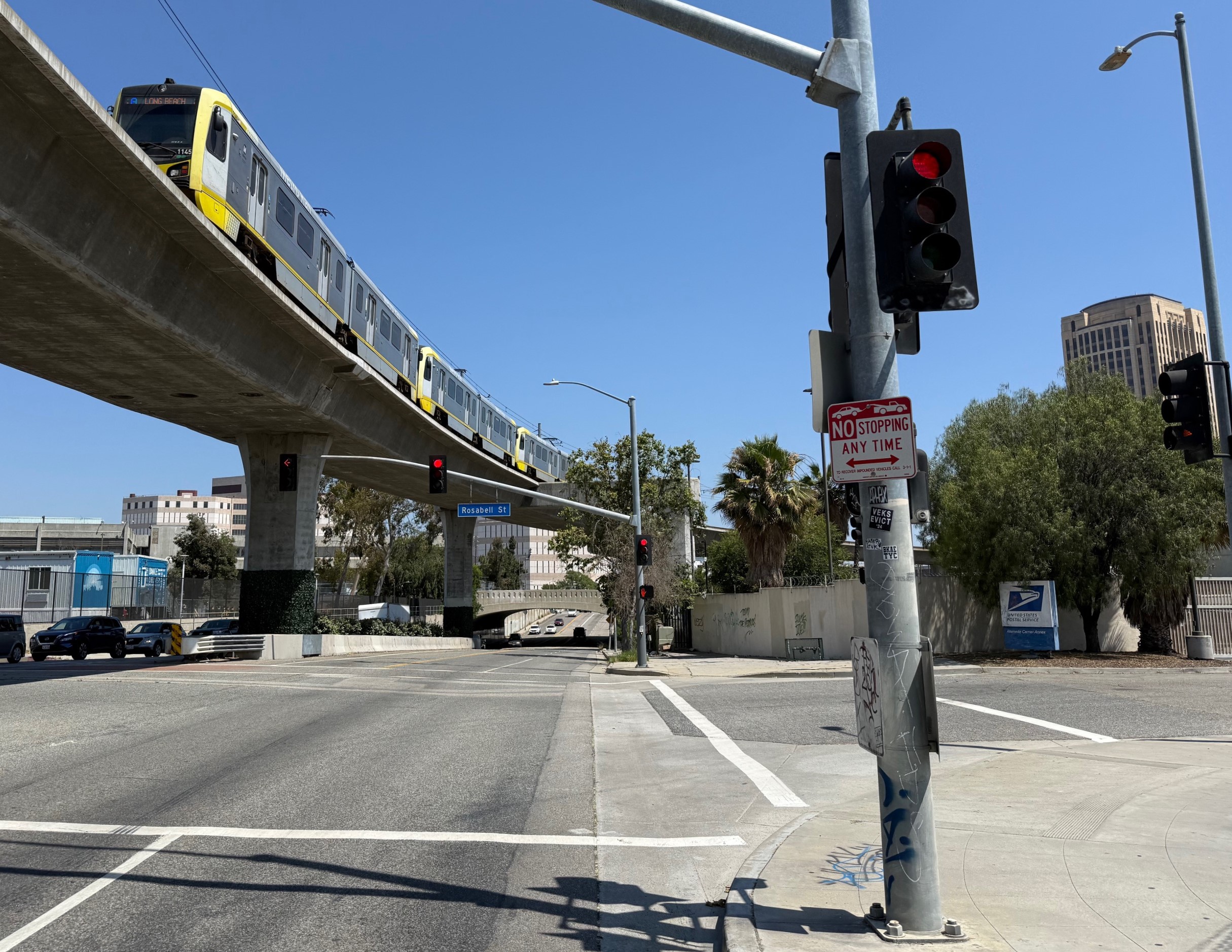
"What is the situation in South L.A.?" is the question Colin Bogart, Education Director at the L.A. County Bicycle Coalition, posed to launch our discussion of the removal of a 7.2 mile bike lane planned for Central Avenue from the Mobility Plan 2035.
Both Malcolm Harris, Director of Programs and Organizing from TRUST South L.A., and I had to laugh.
"Alright..." I said, "You said an hour? We have an hour...?"
The question was posed half-jokingly, of course.
But, as you will hear over the hour-long conversation that unfolds, understanding the history of South Los Angeles, who comprised the community back in the day (and why), who comprises it now (and why), and what folks' histories and relationships are with each other, the city, advocates, and law enforcement are all essential to understanding how the area responds to efforts to implement active transportation infrastructure there now. [If the link below doesn't work, please click here.]
As both Harris and I argue, too often mobility advocates coming into the community are unfamiliar with the history of the area, the racial, cultural, and socio-economic dynamics that define the community, or the variety of barriers that can constrain mobility there. And the local advocates and actors who do have that knowledge are generally not brought in until way too late in the process - long after planning, design, branding, and engagement around plans are already well underway - limiting their contributions to a rubber-stamp approval.
As a result, mainstream mobility advocates are often unable to speak to members of the community in terms that resonate with those stakeholders' realities. Worse still, the language used to promote active transportation can be deeply alienating. Narratives about the benefits of bicycling, the extent to which "bikes mean business," and exhortations for people to see their "streets as sites of recreation" border on insulting in neighborhoods where the presence of bikes signals a lack of resources and a history of insecurity in the public space forced people to look to private spaces to build community.
That disconnect between the approach mainstream advocates tend to take and the lived experiences of people in lower-income communities of color is what helps breed distrust of the city's intentions. And with new infrastructure seeming to accompany new developments making incursions into historically neglected neighborhoods, both Harris and I explain, it is no wonder the first question we often hear from folks is, "Who is this bike lane really for?"
Still, it would be naive to assume that everyone in the community is going to react in the same way to active transportation infrastructure. Or that skepticism about the city's intentions means conversations on the topic of active transportation are futile. Instead, we reiterate, it is key to listen and to understand where people are coming from and then to speak directly to those concerns.
To help listeners get a better sense of just where community stakeholders might be coming from, Harris opens our conversation with an excellent synopsis of how imposed segregation, trauma, suppressive policing, disinvestment, and disenfranchisement fueled demographic changes in South Central, and how those dynamics shape relations and needs within the community today.
We then spend the rest of the hour drawing connections between that history and the outcomes we see today. We also tie that history to concerns we raise about policing and the role of law enforcement in implementing Vision Zero, gentrification and displacement, and the continued lack of a mobility framework that is able to adequately accommodate the extent to which the cultural and socio-economic landscapes of our communities intersect with the physical one.
Many thanks to Colin Bogart and Nick Richert for giving us the space to have such a wide-ranging conversation. We hope that you find the discussion enlightening. You can find the conversation here, and other archived sessions of Bike Talk, here.






